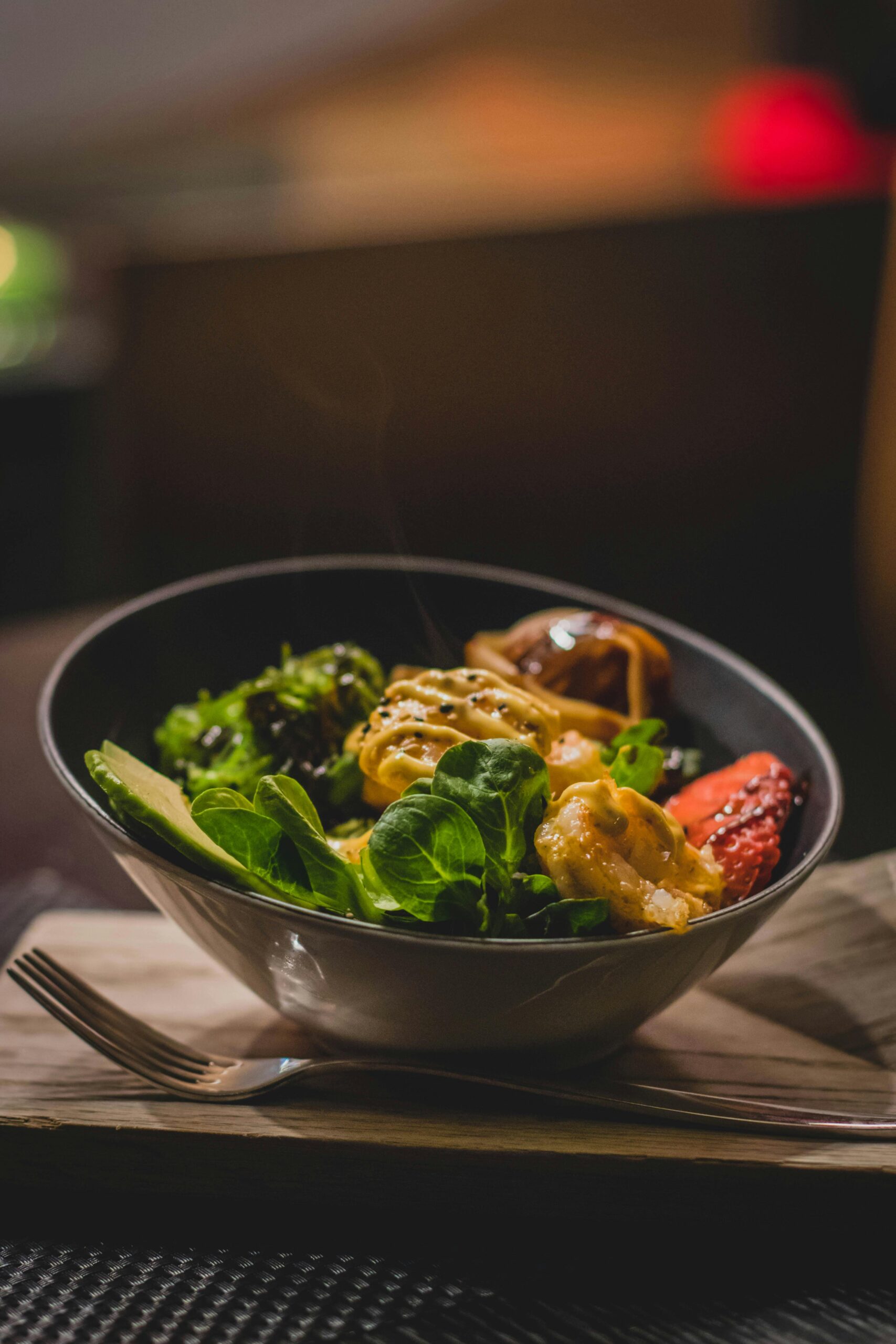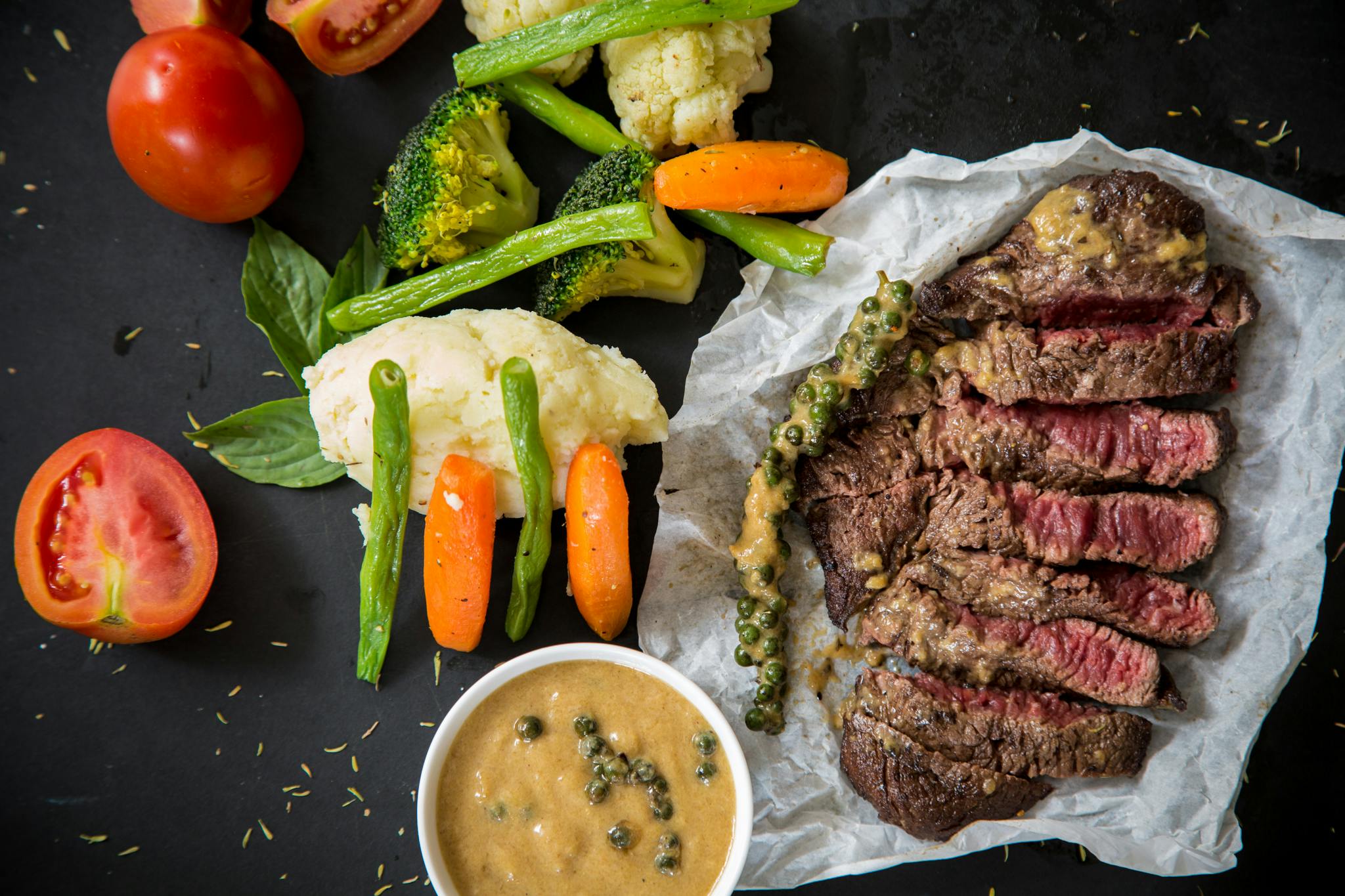If you want to burn more calories without doing extra workouts, your diet can give you the upper hand—specifically through high-thermic effect foods. These are foods that require more energy to digest, giving your metabolism a subtle but powerful boost after every meal. When used strategically, these metabolism-friendly foods can support fat loss, increase satiety, and help you manage your weight in a sustainable, natural way.
Table of Contents
What Is the Thermic Effect of Food (TEF)?
The thermic effect of food (TEF) is the energy your body uses to digest and process the food you eat. Simply put, it takes calories to break down what you consume—especially certain nutrients.
- Protein leads the pack, using up to 15–30% of its calories during digestion.
- Carbohydrates follow with a TEF of about 5–10%.
- Fats use the least, around 0–3%.
That means meals rich in protein require your body to work harder to process them, which translates into more calories burned—without any extra physical effort.
Benefits of Eating High-Thermic Effect Foods
1. Accelerate Fat Loss Naturally
High-thermic foods boost your metabolism and increase calorie burn after meals. Over time, this small increase can support a calorie deficit—key to healthy weight loss.
2. Improve Metabolic Function
A diet packed with thermogenic foods can help regulate blood sugar levels, reduce insulin resistance, and encourage your body to burn stored fat more efficiently.
3. Stay Full Longer
Foods high in protein and fiber take longer to digest and promote satiety. This helps reduce unnecessary snacking and calorie intake throughout the day.
4. Deliver Nutrient-Dense Fuel
Many thermic foods—like leafy greens, legumes, and seafood—also provide vital nutrients that support immune health, energy production, and muscle recovery.
Top High-Thermic Effect Foods to Fire Up Your Metabolism
Protein Powerhouses
- Lean Meats
Chicken, turkey, and lean cuts of beef are excellent for muscle building and fat-burning. Choose grilled or baked options to keep calories in check. - Fatty Fish
Salmon and tuna supply both high-quality protein and omega-3s, which may increase metabolism by up to 14%. - Eggs
A complete protein source, eggs—especially when including the yolk—support satiety and muscle repair. - High-Protein Dairy
Greek yogurt and cottage cheese are low-fat, high-protein options that also offer calcium and probiotics for gut health.
Plant-Based Metabolism Boosters
- Legumes
Lentils, chickpeas, and black beans combine plant protein with fiber—two keys to a high thermic effect and better digestion. - Nuts and Seeds
Almonds, walnuts, chia seeds, and flaxseeds offer healthy fats, protein, and metabolic support. Walnuts, in particular, may increase fat oxidation after meals.
Vegetables & Fruits That Support Thermogenesis
- Fiber-Rich Vegetables
Spinach, broccoli, and Brussels sprouts are low in calories but high in fiber, supporting digestion and blood sugar regulation. - Sweet Potatoes
These nutrient-dense tubers are rich in complex carbs and fiber, helping your body process food more efficiently while maintaining energy levels.
Spices & Beverages That Naturally Raise Metabolism
- Chili Peppers
Capsaicin, the spicy compound in hot peppers, temporarily increases your metabolic rate and encourages fat burning. - Green Tea
Packed with antioxidants and a mild dose of caffeine, green tea supports thermogenesis and can boost metabolism by 4–5% over several hours.

How to Structure a Thermic-Friendly Meal Plan
To make the most of high-thermic effect foods, follow these simple guidelines:
- Include Protein in Every Meal
Add a lean protein source like fish, eggs, or legumes to every plate. - Pair with High-Fiber Vegetables
Combining protein and fiber maximizes digestion time and increases satiety. - Limit Added Fats
While healthy fats are essential, they have a low thermic effect—use them sparingly. - Stay Hydrated
Water is necessary for all metabolic processes. Drink 8–10 glasses a day to stay energized and support digestion.
Beyond Food: Lifestyle Habits That Boost TEF
Maximize the benefits of high-thermic foods by pairing them with these healthy habits:
- Strength Training
Building lean muscle raises your resting metabolic rate, helping you burn more calories even when you’re not exercising. - Sleep Quality
Poor sleep throws off hormones that control hunger and metabolism, making it harder to lose weight. - Stress Management
Chronic stress increases cortisol, a hormone that slows down metabolism and encourages fat storage. - Consistency
The most effective results come from long-term habits, not short-term dieting.
Final Takeaway
Adding high-thermic effect foods to your meals is a simple, science-backed way to naturally boost your metabolism and support healthy weight loss. While the calorie-burning effect per meal may seem small, it adds up over time—especially when combined with other positive habits like strength training and better sleep.
Focus on whole, minimally processed foods rich in protein, fiber, and micronutrients. Make these part of your daily routine, and you’ll not only improve metabolism but also fuel your body for long-term energy and wellness.
FAQs
How do high-thermic effect foods help with weight loss?
These foods increase your metabolic rate, promote satiety, and reduce cravings—helping create a calorie deficit over time.
Can I boost metabolism just by eating high-thermic effect foods?
While these foods help, combining them with strength training, good sleep, and stress control yields the best metabolic results.
How often should I eat high-thermic effect foods?
Aim to include protein and fiber-rich foods in every meal for consistent metabolic support and appetite control.

